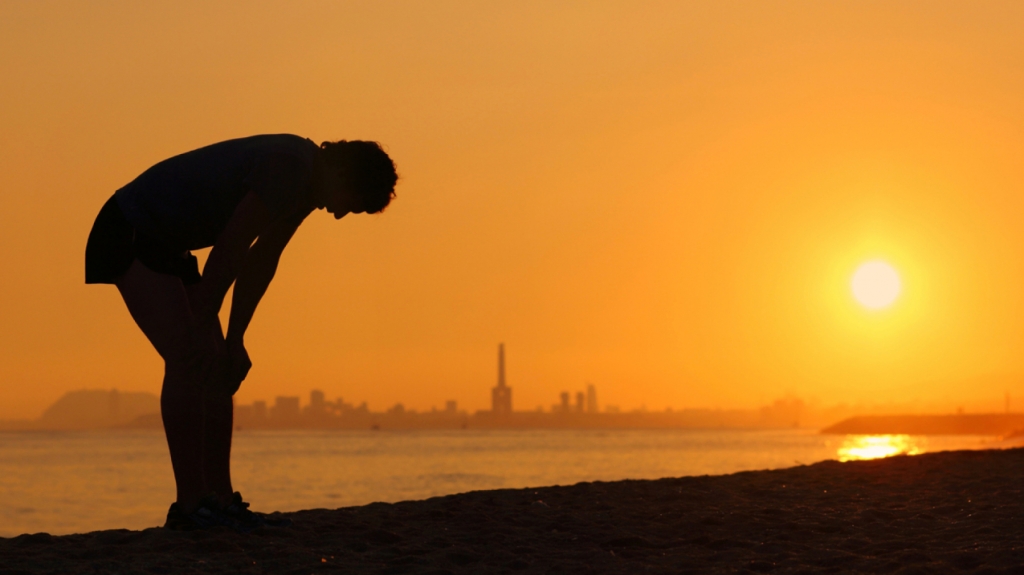
By Anders Lorenzen
In Kim Stanley Robinson’s, ‘The Ministry for the Future’, the fictionalised story of the climate crisis he detailed an apocalyptic heatwave event in India killing millions of people, and how the sun and the heat had become the enemy of the people – offering no escape.
But this is just fiction you may say.
We could also look at David Wallace-Wells` excellent non-fiction book, ‘The Uninhabitable Earth’, where he in several chapters looks at just how much heat the human body can handle before various trigger points occur, such as a cardiac arrest. It is distressing and troublesome reading. This should be seen especially in the light of extreme heat events happening at multiple locations around the world. And if we don’t rapidly cut our emissions such events will intensify at a breathtaking and apocalyptic pace.
Upsetting the biosphere
The average person might not think that the just over 1 degree C of warming we have so far experienced sounds like much, but it has been enough to upset the entire biosphere, with its uneven distribution of water, sun and wind and resulting in floods, droughts, wildfires and devastation.
People in some places in the northern hemisphere might welcome a warmer climate, though probably not people in the US, Canada, Russia and many people in the Arctic, who have all suffered extreme heat and its tragic consequences such as huge wildfires this year alone
Therefore, it is hardly surprising that National Oceanic and Atmospheric Administration (NOAA) earlier this month confirmed that July was the warmest month ever measured since records began. It beat a five-year-long record that had stood been measured since 2016. And experts predict we don’t have to wait long before the next record is set.
Unless you’re based in a region suffering from climate-fueled extreme heat it is not surprising you might not be overly concerned. In Denmark, for example, where in the middle of August the country experienced gales and temperatures struggling to rise above the high-teens it has been more like autumn weather than late summer. While most of the world is getting warmer, Denmark is one of the few places forecast to temporarily get colder, linked to climate change and the melting Greenland ice sheet.
If you follow sport, you could probably not help noticing how many outdoor sporting events this year have been severely impacted by extreme heat. This was probably most noticeable during the 2020 Tokyo Olympics, delayed from last year due to the covid pandemic, with many outdoor events held very early in the morning to avoid the hottest time of day.
And during the Spanish cycling grand tour Vuelta a Espana cyclists battled the heat as the mercury went above 40 degrees C. This is very hot even for Spain and even the most trained and hardy athlete would not want to cycle a gruelling 200 km mountain stage in such conditions.
At this point, it is valid to ask how much heat the body can handle and also in the future could and should we see some sporting events cancelled or prevented due to extreme heat? This is just one of many things we as a society need to discuss as the impacts of climate change intensifies. Again we could go back to the Wallace-Wells book ‘The Uninhabitable Earth’ where he, in detail, looks at precisely the effects of extreme heat on society.
How to talk about our warming world
The words we have used to describe a warming world has not helped to get the public on board either as the term `global warming’ does not equally apply as each part of the globe is not warming equally, and some might be temporarily cooling such as Denmark. While `climate change` is rather a passive phrase it is no wonder that so many thought it was not something we should be concerned about. Only in recent years have more expressive terms such as `the climate crisis` and `the climate emergency` entered the mainstream conversation and better express what is at stake.
As our emissions continue unabated, there is only one direction and heat records will continue to be broken and average temperatures continue to rise. This will have dire consequences and, if drastic action is not taken, will question the future of humanity. Not only will many more lives be lost, but the economic costs will be huge, not least in lost yields from agriculture.
But if we stop arguing and wasting time about who should act first and who should pay the most for the damage already done, as well as paying for future damage we can still limit the impacts. And there is no better time to begin than in Glasgow this November as world leaders gather for COP26, the next round of UN climate talks and the first since the world was gripped by the COVID-19 pandemic.
But, the heat is on.
Categories: climate change, impacts, opinion, science
3 replies »